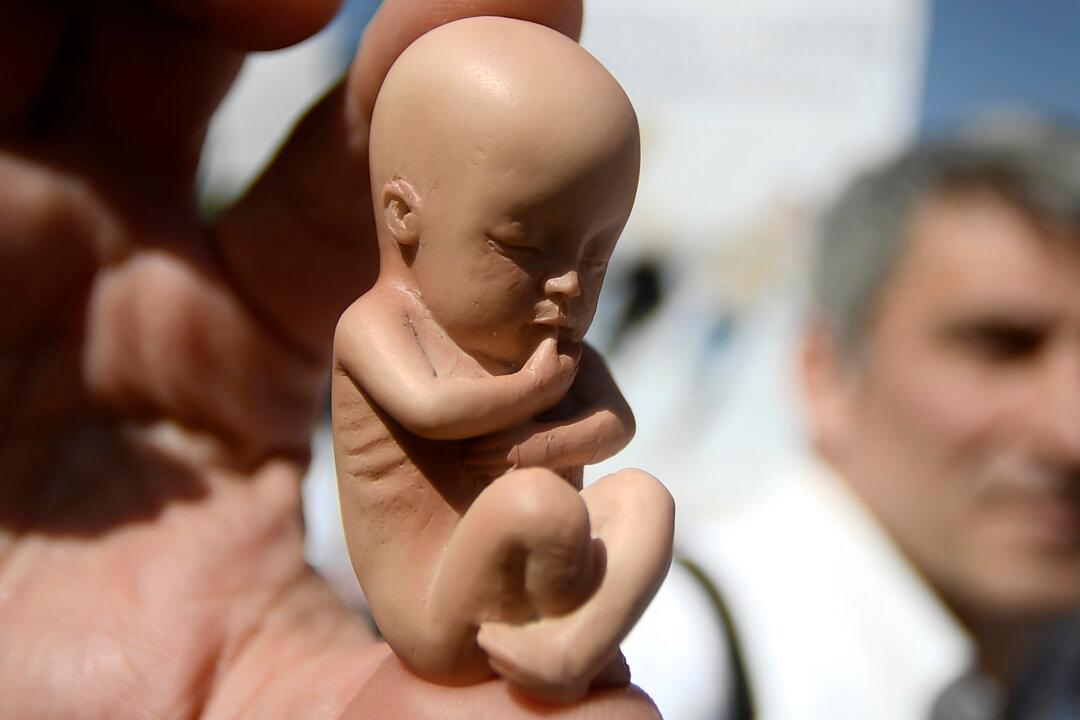No woman who has gone through an abortion can ever completely heal from the trauma of the procedure, says Lyn Varty, counsellor and manager of Hope Alive Australia.
“That’s how damaging abortion is,” she told The Epoch Times. “Because how do you live with the fact that you’ve actually contributed to the death of your son or your daughter?”





